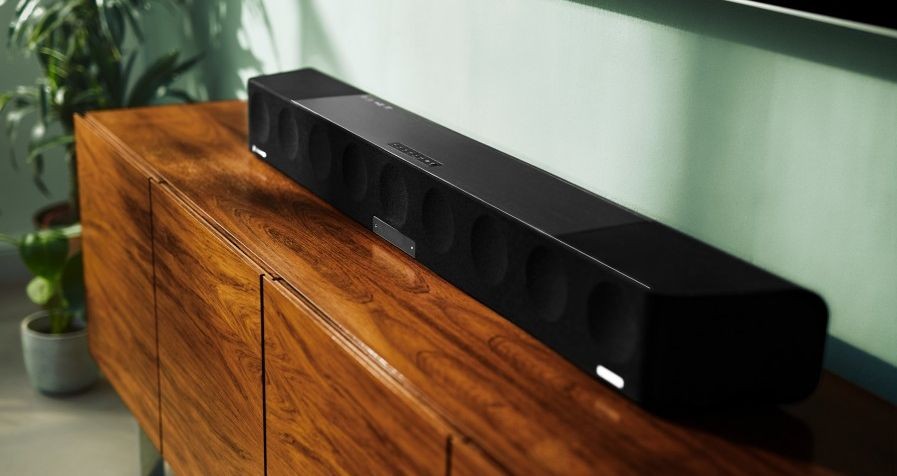Choosing the right soundbar can dramatically enhance your TV’s audio. But with so many options available, how do you compare soundbars effectively? This guide will walk you through the essential features to consider before making a purchase.
Image Credit: Mareike Oer/Wikimedia Commons
Key Features to Compare When Buying a Soundbar
Soundbars might look similar, but key differences impact their performance. Here’s a breakdown of eight crucial factors to compare:
1. Subwoofer: Boosting the Bass
A subwoofer handles low-frequency sounds, delivering the impactful bass that enhances movies and music.
- No Subwoofer: These soundbars are generally more affordable but often lack deep bass.
- Built-in Subwoofer: A convenient all-in-one solution offering decent bass without extra clutter. Performance is often comparable to separate subwoofers.
- Separate Subwoofer: Provides flexibility in placement for optimal bass distribution. Wireless subwoofers are common, making them easy to position discreetly.
2. Connectivity: Getting Connected
Consider how you’ll connect your devices.
- HDMI: The most common connection, offering high-quality audio and video. Connect your devices to your TV, then connect the TV to the soundbar via HDMI.
- Optical Cable: An alternative to HDMI for audio transmission.
- Additional HDMI Ports: Allows you to connect devices directly to the soundbar, bypassing your TV’s limited ports.
3. Wireless Capabilities: Wi-Fi and Bluetooth
Wireless connectivity enables streaming music from your phone or computer.
- Bluetooth: Suitable for most users, offering wireless streaming within a 30-foot range.
- Wi-Fi: Extends the range beyond Bluetooth and allows for multi-room audio setups.
4. Channels: Understanding Surround Sound
Channels indicate the number of speakers within the soundbar, influencing the soundstage and immersion.
- 2.0 Channels: Basic stereo sound with left and right speakers.
- 3.0 Channels: Adds a center channel for clearer dialogue and vocals.
- 5.0 Channels: Includes left, right, center, and two rear speakers for a more immersive surround sound experience.
- 7.0 Channels: Similar to 5.0, but with four rear speakers for enhanced surround sound. Some soundbars use a numerical system like 3.1.2, where the first number represents channels, the second indicates a subwoofer (1 for present, 0 for absent), and the third denotes upward-firing speakers for Dolby Atmos or DTS:X.
5. Active vs. Passive Soundbars: Powering Your Audio
- Active Soundbars: Have built-in amplifiers, simplifying setup and requiring no additional equipment.
- Passive Soundbars: Require an external amplifier or receiver, offering potential for higher-quality sound customization but adding complexity.
6. Dimensions: Finding the Right Fit
Choose a soundbar that complements your TV and available space. Consider the soundbar’s length relative to your TV and ensure it doesn’t obstruct the screen if placed in front.
7. Control Options: Remote vs. App
- Remote Control: Most soundbars include a dedicated remote.
- TV Remote Compatibility: Some soundbars can be controlled using your TV remote, minimizing clutter.
- App Control: Provides convenient control and customization options via your smartphone.
8. Voice Assistants: Hands-Free Control
Some soundbars integrate voice assistants like Alexa or Google Assistant for hands-free control and smart home integration. Be aware of the privacy implications of having a microphone always listening.
Conclusion: Making the Right Choice
By carefully comparing these features, you can choose a soundbar that best suits your needs and budget. Even a modestly priced soundbar can significantly improve your TV’s audio, providing a more immersive and enjoyable entertainment experience. Remember to consider factors like room size, listening preferences, and desired features to find the perfect audio upgrade.

